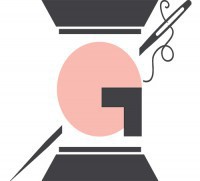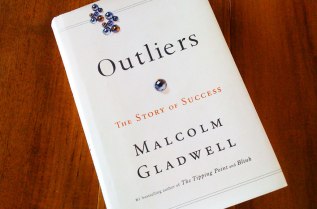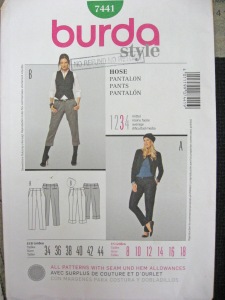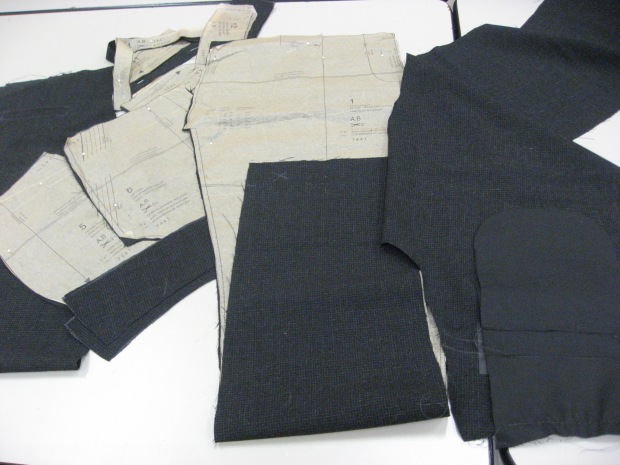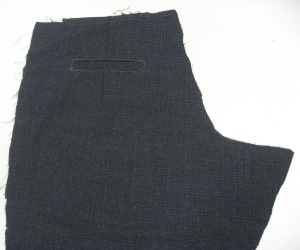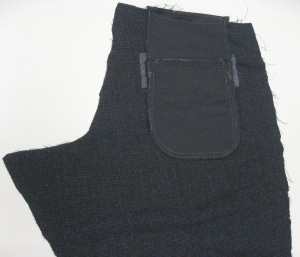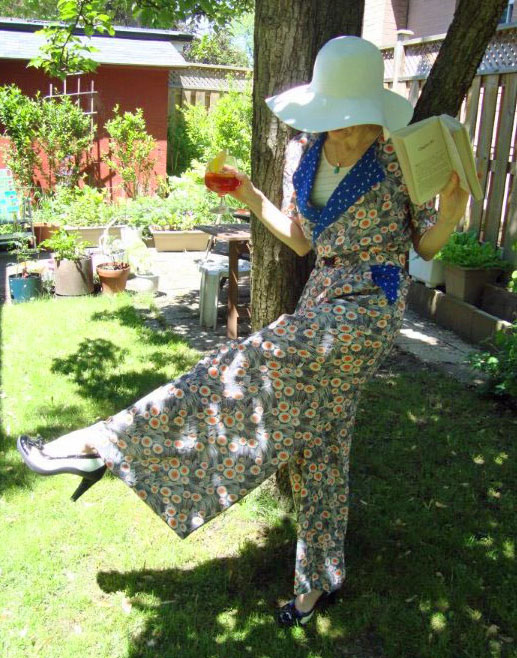 The phrase, “the cat’s pajamas” was coined in the 1920s in reference to the unconventional spirit of the female flapper (“cat”) and, combined with the word pajamas (a relatively new fashion in the 1920s), it formed a phrase used to describe something that is the best at what it does, thus making it highly sought after and desirable.
The phrase, “the cat’s pajamas” was coined in the 1920s in reference to the unconventional spirit of the female flapper (“cat”) and, combined with the word pajamas (a relatively new fashion in the 1920s), it formed a phrase used to describe something that is the best at what it does, thus making it highly sought after and desirable. For the Great Gatsby Sewing Challenge spearheaded by Miss Crayola Creepy, I decided to sew a pair of Beach or Lounge Pajamas from a Butterick 4177 Pattern.
For the Great Gatsby Sewing Challenge spearheaded by Miss Crayola Creepy, I decided to sew a pair of Beach or Lounge Pajamas from a Butterick 4177 Pattern.
Pajamas were the new lounge wear of the 1920s, no longer limited to actually sleeping in.
In the 1920s and 1930s, these garments, made of soft satin and embroidered “a la Chinoise,” became not only acceptable, but a chic, stylish item for women to wear to soirees in the homes of their bohemian friends.
Art Deco was also popular in the 1920s and fabric prints reflected this.
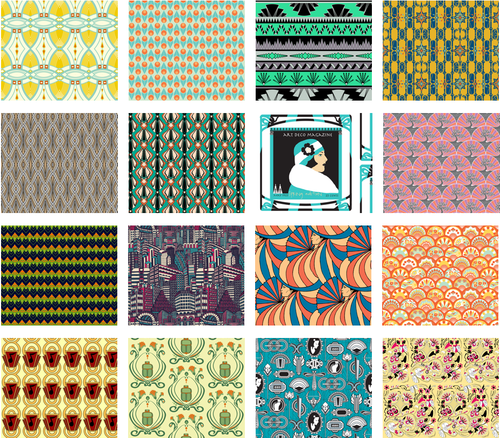
Art Deco Fabrics (Spoonflower)

Fabric: Art Deco Inspired Print in an ultra-thin rayon challis and Bird Silhouette Print in a poly gauze
I selected an Art Deco inspired geometric print for the Beach Pajamas in a very delicately thin and airy rayon challis, 100% viscose (which was difficult to cut and sew with) and added a silhouette bird pattern fabric (also popular in the 1920s) for the collar and pockets, in a poly gauze.  In the years 1880-1910, the ideal female profile would resemble the letter “S”. Ladies would force themselves into corsets and squeeze their waists down to often below 20 inches in diameter. This would raise their ribcage producing a prominent chest or “pigeon front”. The sides would be pushed back and the rear raised or padded to produce the lower curve of the “S”.
In the years 1880-1910, the ideal female profile would resemble the letter “S”. Ladies would force themselves into corsets and squeeze their waists down to often below 20 inches in diameter. This would raise their ribcage producing a prominent chest or “pigeon front”. The sides would be pushed back and the rear raised or padded to produce the lower curve of the “S”.
Before the twentieth century, women were technically not allowed to wear pants because it was deemed a masculine item, and they were ostracized if they opted to do so. The Women’s Suffrage movement gained its greatest victory in 1920 when the 19th Amendment prohibited gender discrimination in the voting polls. This political gain opened a decade of many radical changes in the perception and presentation of women. One of these changes was the change in the oppressive and sometimes health detriments of women’s fashions of the time. Dress reformers in the 19th century tackled this issue of female oppression by fashion by promoting social improvement in practicality over trends, for health and comfort over convention, and rationality over conformity
The arrival of World War I (1914–18) gave many women jobs as men went to join the military and many women wore trousers and overalls to work in factories.
Eastern culture inspired French designer Paul Poiret (1879–1944) to become one of the first to design pants (trousers) for women. In 1913 Poiret created loose-fitting, wide-leg trousers for women called harem pants, which were based on the costumes of the popular opera Sheherazade.
 1920’s fashion trends were all about rebellion. The 1920’s were a time of backlash. People were lashing out at the rigid formalities of the Victorian era and defying the restrictions that came with the Prohibition era.
1920’s fashion trends were all about rebellion. The 1920’s were a time of backlash. People were lashing out at the rigid formalities of the Victorian era and defying the restrictions that came with the Prohibition era.
 Until the 1920s, pajamas were only worn as sleepwear, then sometime in the 1920s, they made their way outdoors as a cover-up over swimming costumes on the beaches of the French Riveria.
Until the 1920s, pajamas were only worn as sleepwear, then sometime in the 1920s, they made their way outdoors as a cover-up over swimming costumes on the beaches of the French Riveria.
During the 1920s, Coco Chanel and Madeleine Vionnet promoted silky, luxurious pajamas as evening wear to wear initially in private after which Coco Chanel began to wear trousers herself in public. This was a new, ‘masculine’ look that offered loose, sailor style trousers for women to wear at home and at the beach. These ‘beach pajamas’ were an early form of the pants suit.

When crepe beach and lounge pajamas were first worn at the seaside, trouser wearing women were a rare sight and still very much confined to only beach and promenade areas while in public. Society still did not want to accept women in this new role.
 Finally, by the late 1920s, beach pajamas appeared outside the bedroom as swimsuit cover-ups on the beaches and boats of the French Riviera, then quickly moved on to the streets of Britain and spread across the globe.
Finally, by the late 1920s, beach pajamas appeared outside the bedroom as swimsuit cover-ups on the beaches and boats of the French Riviera, then quickly moved on to the streets of Britain and spread across the globe.
 They are comfortable. They are stylish. They are cool and breezy. They are practical. They are leaps and bounds above corsets, petticoats, cages and heavy long skirts. Long Live the Lounge / Beach Pajama!!
They are comfortable. They are stylish. They are cool and breezy. They are practical. They are leaps and bounds above corsets, petticoats, cages and heavy long skirts. Long Live the Lounge / Beach Pajama!!
Also, don’t forget to enter the Wellington Pattern Pyramid, here. The last day for entry is this Friday June 7, 2013.
Resources and Credits:
http://www.swingfashionista.com/tag/beach-pyjamas/
http://www.ehow.com/info_8110935_did-women-dress-1920s.html
http://fashionbloglife.com/1920sfashion/
1930s beach and lounging pyjamas…how I love thee
http://www.huffingtonpost.com/tove-hermanson/women-pants-politics_b_541555.html
